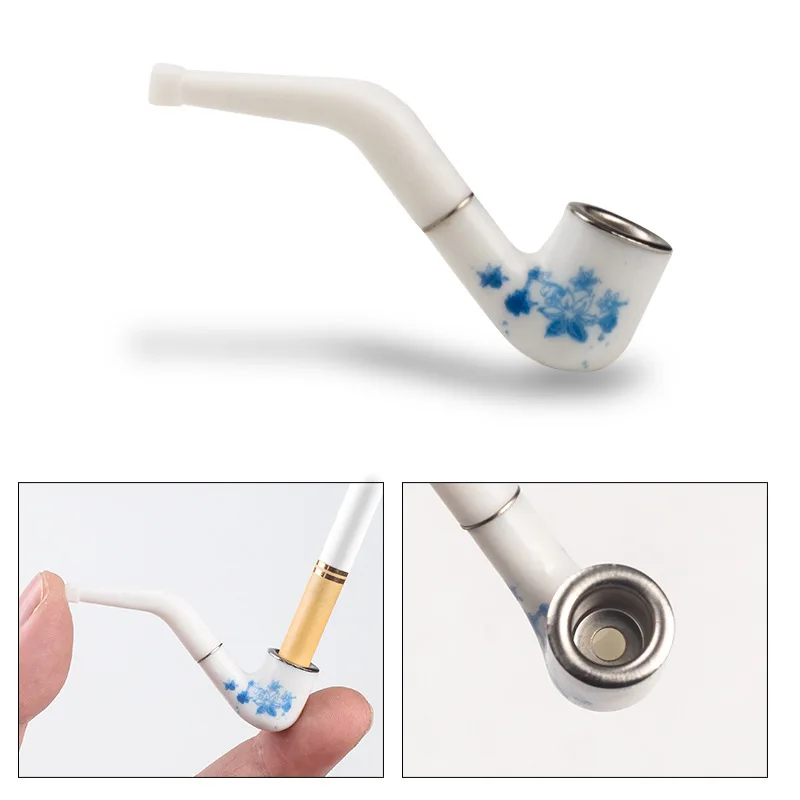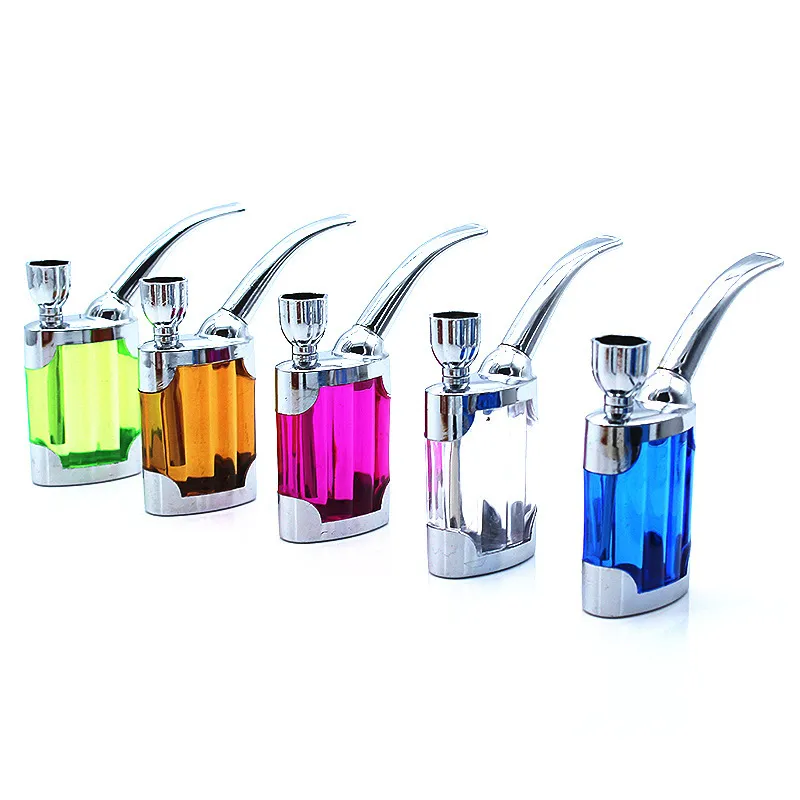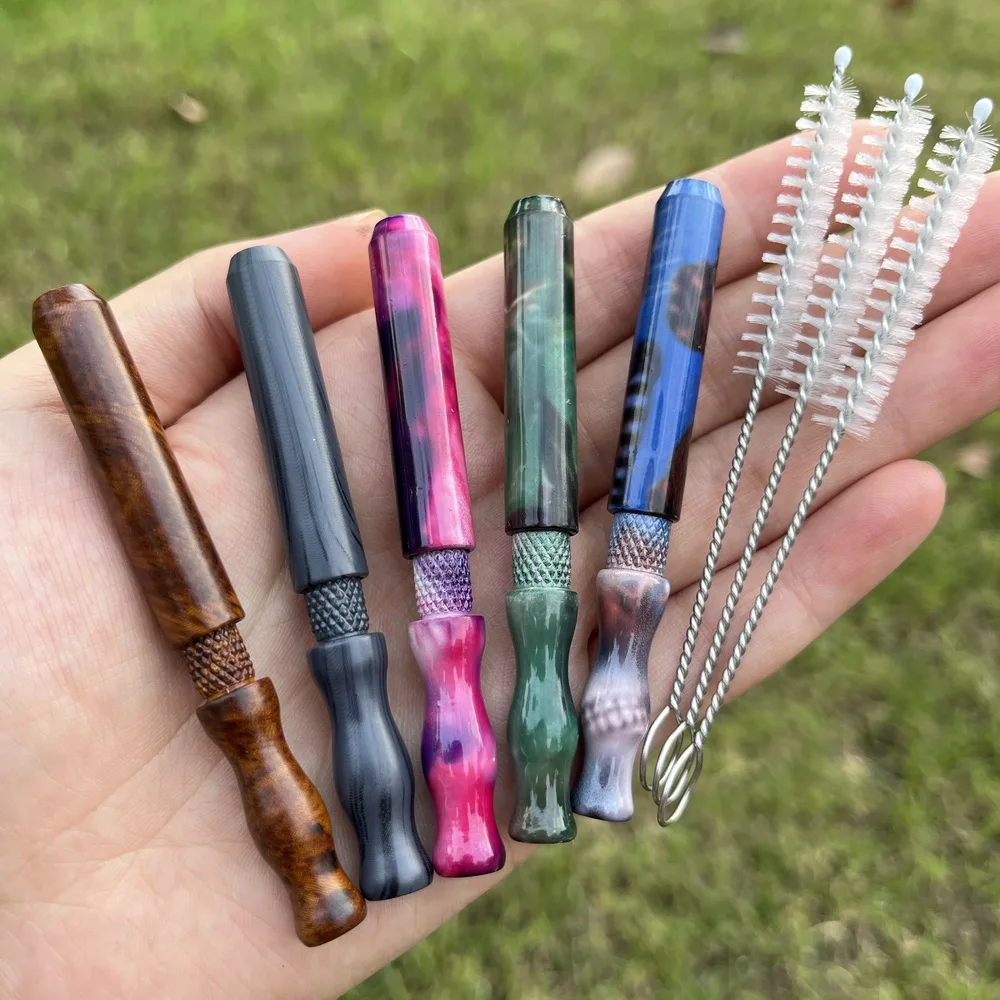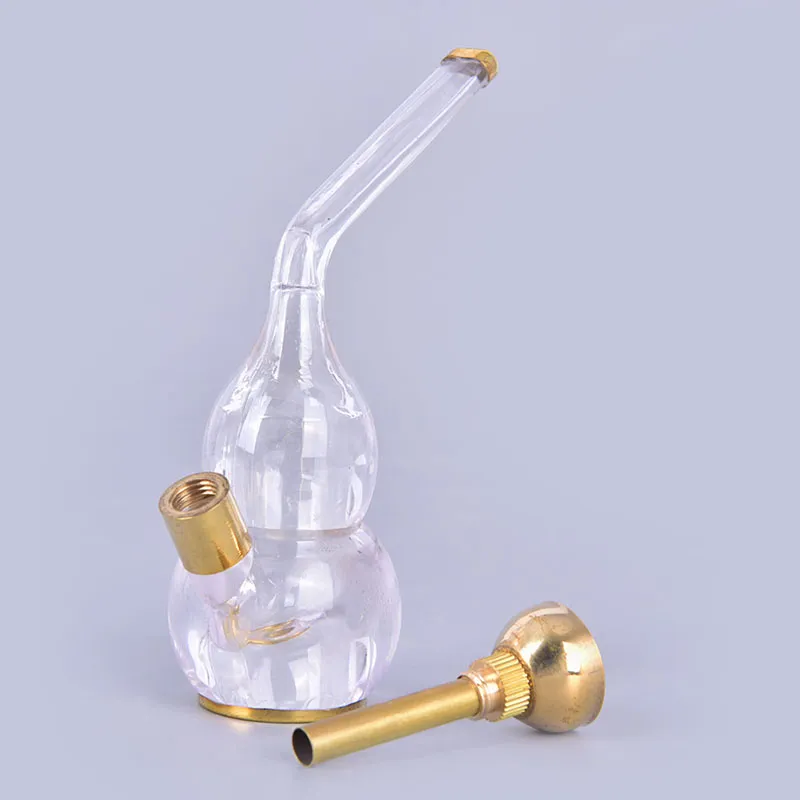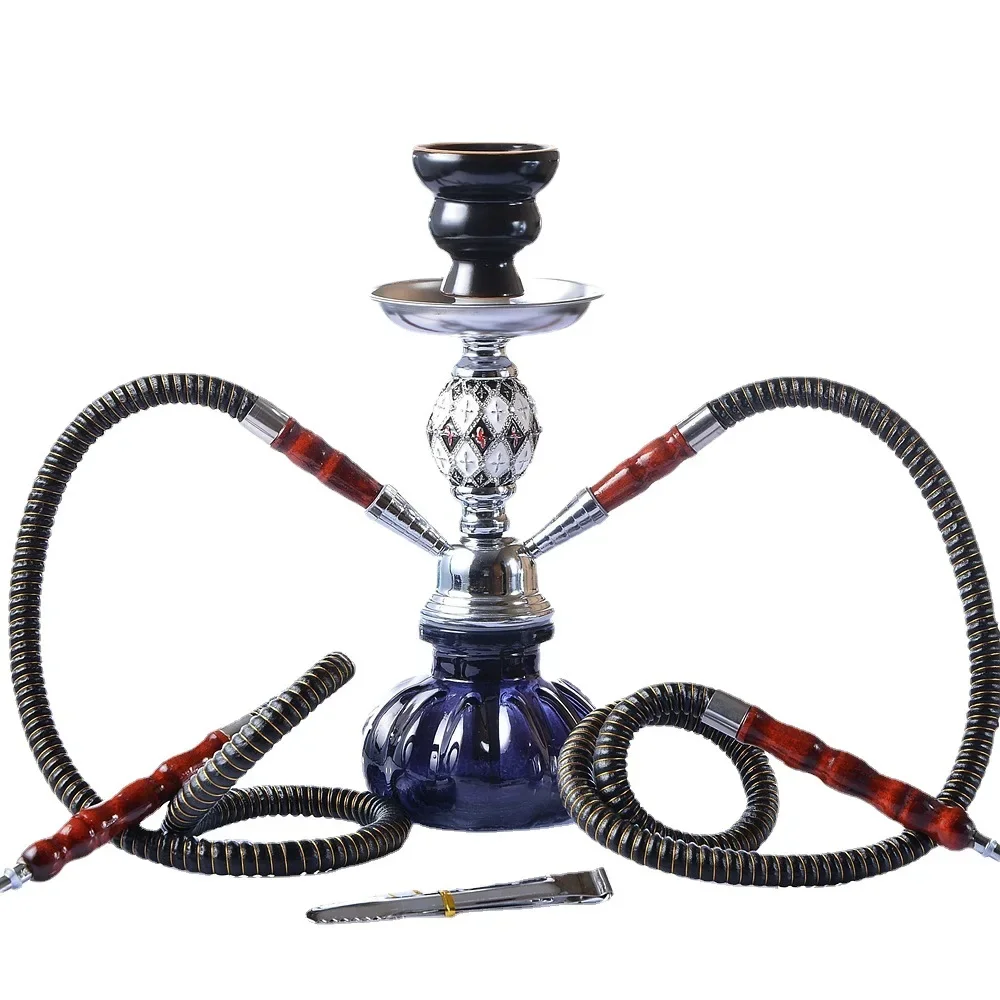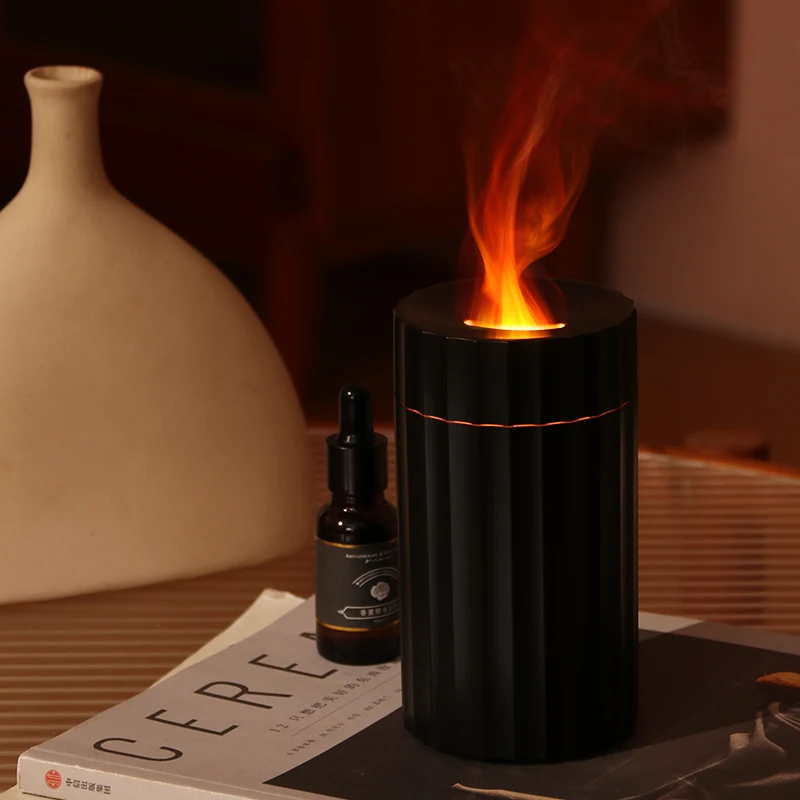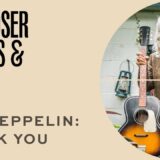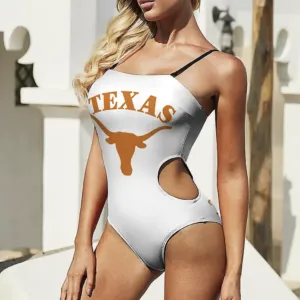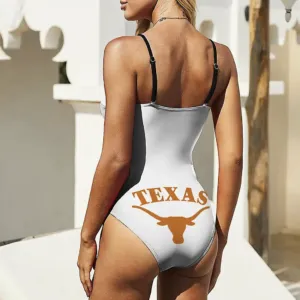“What we saw in California is that the high tax on legitimate cannabis leads straight to the black market. And I’m very concerned that that’s going to have the same or similar impact here.”
A last-minute tax hike on cannabis products passed as part of Minnesota lawmakers’ special session budget compromise may prove to be a boon to illicit dealers.
That’s according to cannabis industry experts, business owners, and at least one prominent DFL lawmaker who say the state’s relatively high cannabis tax will give consumers reason to avoid regulated, legal dispensaries in favor of informal sources on the black market.
Minnesota’s 15 percent state tax on marijuana and other cannabis products is among the highest in the country, trailing only Arizona (16 percent), Oregon (17 percent), California (19 percent), and Washington (37 percent).
“I thought it was the wrong thing to do, increasing the tax,” said Sen. Ann Rest, DFL-New Hope, chair of the Senate Tax Committee. “What we saw in California is that the high tax on legitimate cannabis leads straight to the black market. And I’m very concerned that that’s going to have the same or similar impact here.”
How do Minnesota taxes compare to other states?
Minnesota’s cannabis tax was initially set at 10 percent. The increase was a product of bipartisan budget negotiations between Gov. Tim Walz, Senate Majority Leader Erin Murphy, DFL-St. Paul, House Speaker Lisa Demuth, R-Cold Spring, and the late Speaker Emeritus Melissa Hortman, DFL-Brooklyn Park. The leaders stepped in to try to forge a compromise on the state’s budget after months of gridlock in the Legislature due to a tied House and a one-seat DFL majority in the Senate.
At the time, Demuth said the tax increase was simply “rightsizing” the tax rate to be more in line with other states’ rates. But, research by the Tax Foundation shows that the new rate puts Minnesota above the median tax rate for states that have legalized the sale of recreational marijuana.
Of those 23 states, 14 have a lower cannabis tax than Minnesota. There are nuances, like Illinois’ higher tax on edibles and concentrates compared to marijuana flowers, as well as two states that tax by weight rather than price.
This doesn’t account for Minnesota’s sales tax of 6.875 percent, and any local taxes. In Minneapolis, state, county, and city sales taxes are 9.03 percent. Add that to the cannabis tax and you end up with an effective tax rate of over 24 percent on cannabis products sold in the city.
“I’ve had people pick out their products, ring them up, and then when they hear the final price, they just walk out the door,” said Mark Eide, owner of In-Dispensary, the first recreational dispensary licensed in Minneapolis.
What are the downsides of higher cannabis taxes?
The new 15 percent rate, effective since July 1, affected the tax rate on THC edibles and drinks that most dispensaries and smoke shops have had on their shelves for years, since Minnesota legalized those categories of cannabis products in 2022. Medical marijuana, available in Minnesota since 2014, is exempt from both the cannabis tax and the state sales tax.
THC vapes and marijuana flowers are set to be on shelves as soon as cultivators can grow them or retailers can sign contracts with the tribal nations that have been allowed to grow plants since recreational use of all cannabis was legalized in 2023. This will give consumers more choices, but at higher prices than they are used to getting from the illicit market that has flourished in a state that legalized using cannabis products years ago but is only now licensing recreational retailers.
The price difference, which varies, is not only because of taxes. In addition to having to lease a storefront and pay employees, licensed dispensaries have to go through a regulatory gauntlet, outfitting their stores to fit the Office of Cannabis Management’s specifications regarding security, odor-control, and other aspects of their business. They also have to have their cannabis sent to an approved lab to have it tested and its potency measured and labeled.
All of these have one thing in common, cannabis retailers said: they cost their businesses money that an illicit dealer would not have to pay. And that’s money they largely cannot recoup until they can secure a supplier.
The evidence suggests that when a state has high barriers in a marketplace, whether it’s a limited number of retailers due to regulations, not enough suppliers for the retailers, or high taxes pushing up prices, conditions are ripe for a parallel, unsanctioned market to take some share of that business, said Jacob Macumber-Rosin, an excise tax analyst at the Tax Foundation.
For example, he pointed out that Minnesota has higher taxes on cigarettes than its neighbors, and also has the sixth-highest rate of cigarette smuggling in the nation, according to his organization’s research.
If efforts to legalize cannabis in Wisconsin and South Dakota end up successful, “the price differential between border states will play a role” in whether the illicit market or regulated market thrives in Minnesota, he said.
In California, one of the higher-tax states, a January report by its cannabis regulator found that only 38 percent of the marijuana consumed in the state comes from the licensed market, with the remainder presumably coming from illicit or unlicensed sources.
Colin Planalp, senior research fellow at the University of Minnesota School of Public Health’s Cannabis Research Center, considers demand for cannabis products to be “somewhat elastic” at the level of the individual consumer.
“An increase in cost for legal market cannabis is likely to reduce demand for legal cannabis,” he said.
That may result in people using less cannabis, growing their own plants, or turning to the illicit market for cannabis, Planalp said.
But illicit cannabis brings with it risks, from financing criminal organizations to putting the buyer in unsafe situations to smoking cannabis that has harmful additives to make it more potent. These differences between legal and illicit cannabis were part of the arguments that led to the legalization of cannabis in Minnesota and other states.
“Minnesota and other states that have legalized cannabis for nonmedical use have set up regulatory systems designed to enhance safety and mitigate certain risks,” Planalp said, noting the required lab testing for pesticides, heavy metals, and other contaminants, as well as the dosage labeling requirements.
“If someone is going to use cannabis products, they should consider obtaining those products through the legal, regulated market, because that’s likely safer, on balance, than obtaining them through the illicit market,” he said.
How are businesses dealing with this?
Businesses are dealing with the cannabis tax increase in various ways.
“We’ve switched to out-the-door pricing, so what you see on the label is the exact price you pay,” said Eide of In-Dispensary in Minneapolis.
“To keep those sticker prices attractive though, we are eating the cost of the entire additional 5 percent tax, and some of the initial tax as well. Now, our prices are lower than they were before the tax increase,” he said.
But to do that, Eide had to take on another job and cut the hours of his only employee, his brother, down to 10 hours a week.
Cory Lake, owner of Lake Group Insurance, which insures cannabis storefronts and other businesses, said that the tax increase has also given pause to investors looking to finance cannabis operations in Minnesota.
“Those with capital in the [Minnesota] industry, or that are considering expanding their investments from other states, are holding off or even pulling back on investments,” he said.
The investment market in the industry is relatively opaque, so it is hard to discern how much capital has been lost, but any decrease in investments could stunt the growth of an industry that has already taken years longer than expected to get off the ground.
This has been due to both state regulatory setbacks and cannabis’ unique position as a federally illegal substance. Its federal status means owners cannot write off any of their business expenses on federal taxes once they start selling cannabis out of a store. It also complicates the banking process, forcing most cannabis businesses to operate in cash only, and makes building owners with bank mortgages nervous about leasing storefronts to cannabis dispensaries.
Jennifer Swanson, owner of Fridley Dispensary, said she had to purchase a separate building after being rejected for leases in Blaine, Bloomington, and elsewhere in Fridley. She says she has put over a million dollars into the recently licensed business.
“And that’s not even counting the product we’ll have to buy once suppliers are available,” she said.
Other retailers are more sanguine about the tax hike, relying on low overhead and customer loyalty to keep consumers visiting their stores without changing their pricing structure.
“Most of our customers use these products to deal with their anxiety, depression, pain, PTSD,” said Sarabear Kelly-Modlin, co-owner of Lucky Strain in New Brighton. “They’re not just looking for a fun night, so they want their products regularly and consistently.”
Also, if the taxes are going to services such as addiction services or school lunches, “most of our customers are all for that. They have no problem paying the additional 5 percent as long as it’s going somewhere good where we can see it.”
But if fall comes, schools open, and they see cuts to public services while having to pay more for their products, she said, “that would be something that would upset us and our customers.”
This article first appeared on MinnPost and is republished here under a Creative Commons Attribution-NoDerivatives 4.0 International License.![]()





